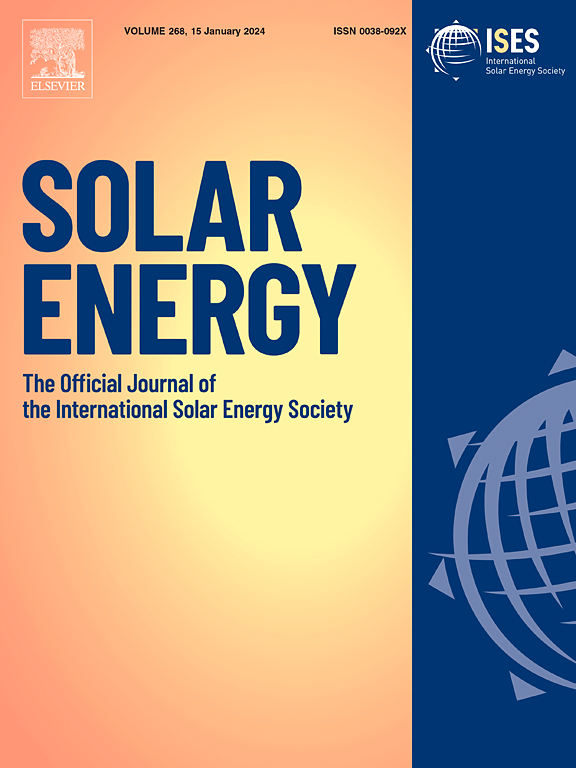Operation of HELISOL®5A in a parabolic trough test loop
IF 6
2区 工程技术
Q2 ENERGY & FUELS
引用次数: 0
Abstract
Polydimethylsiloxanes (PDMS / silicone oils) are commonly used as heat transfer fluids (HTF) at temperatures up to 400 °C in various industries, but the applications in large scale parabolic trough collector fields for thermal power generation has not been established due to higher prices compared to the commonly used mixture of diphenyl oxide and biphenyl. This paper describes the first system prototype demonstration in operational environment (loop scale) of a new silicone-based heat transfer fluid called HELISOL® 5A available at a competitive price level compared to the state of the art. Technical details of the parabolic trough test loop operated with HELISOL® 5A are presented. Solar operation at the state-of-the-art temperature of 400 °C for 150 h and at 425 °C for 480 h, demonstrated HELISOL® 5A’s loop scale functionality in analogy to DIN 51528. The tolerance of HELISOL® 5A to temperatures above 425 °C was demonstrated by an operation period of 50 h at 450 °C. The degradation of the HTF is determined by the degree of cross-linking between macromolecules. Based on accompanying HTF analysis correlated with sample-based gas analysis, no measurable HTF degradation after 480 h at 425 °C was found. Only the stress test at 450 °C reveals an onset of moderate thermal degradation reaching 0.1 % mole fraction of cross-linked molecules. The heat transfer performance of HELISOL® 5A was confirmed at 400 °C by solar blind infrared absorber tube temperature measurements indicating a steady temperature increase of 0.2 K/m along the receiver tubes at 6.2 kg/s mass flow.
HELISOL®5A 在抛物面槽试验环路中的运行情况
本文章由计算机程序翻译,如有差异,请以英文原文为准。
求助全文
约1分钟内获得全文
求助全文
来源期刊

Solar Energy
工程技术-能源与燃料
CiteScore
13.90
自引率
9.00%
发文量
0
审稿时长
47 days
期刊介绍:
Solar Energy welcomes manuscripts presenting information not previously published in journals on any aspect of solar energy research, development, application, measurement or policy. The term "solar energy" in this context includes the indirect uses such as wind energy and biomass
 求助内容:
求助内容: 应助结果提醒方式:
应助结果提醒方式:


